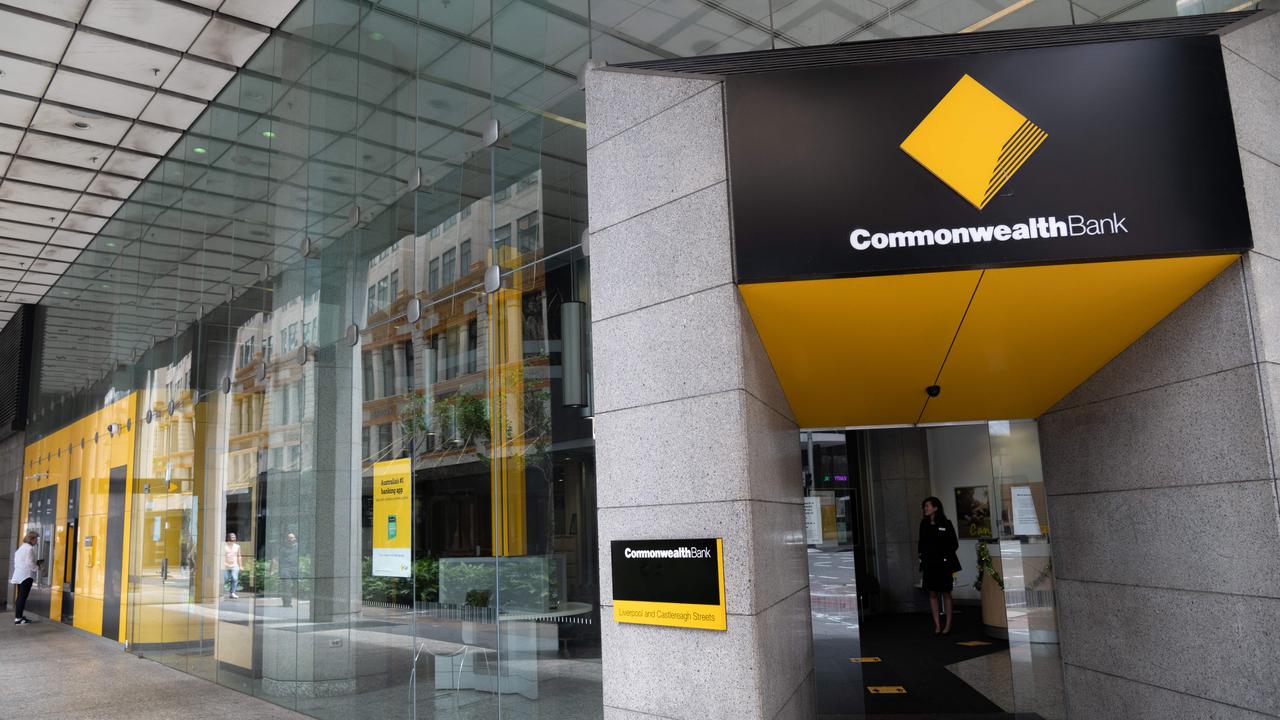‘Unconventional’ policy looms as RBA cuts inflation forecasts
The Reserve Bank has flagged it is closer to resorting to unconventional means to stimulate the economy.
The Reserve Bank has flagged it is closer to resorting to unconventional means to stimulate the economy, as it published more gloomy forecasts for inflation and growth but maintained the economy had “reached a gentle turning point”.
The RBA’s quarterly Statement on Monetary Policy, released on Friday morning, noted that “each further cut brings closer to the point at which other policy options might come into play”. Governor Philip Lowe has said it is “unlikely” experimental policies such as quantitative easing will be needed.
The wording in the statement “indicates almost an automatic move from cash rate policy to other policy options”, Westpac chief economist Bill Evans said.
The official cash rate sits at 0.75 per cent, and was left unchanged at the bank’s most recent meeting on Tuesday. Mr Evans expects the RBA to cut to 0.5 per cent in February.
The SOMP also pointed to growing concern in the central bank that conventional policy is nearing the limits of its effectiveness with rates already low.
Further easing could “unintentionally convey an overly negative view of the economic outlook”, the RBA said.
Nonetheless, the central bank said it still believed lower rates would support the economy, via a lower Australian dollar, pushing house prices higher and boosting household income by lowering the cost of debt.
While the bank expressed concern about the marginal benefit of further rate cuts, its downgraded inflation forecasts did little to dispel the view among economists that it would need to ease further, either at the end of this year or early in the next.
The SOMP revealed that the bank had pushed back the date it expected to reach the bottom of its 2-3 per cent target range from June 2021 to after December of that year — the furthest reaches of its forecasts. Headline consumer price growth is expected to hit 1.9 per cent for 2019, against 1.6 per cent recorded over the year to June, and stay there for the foreseeable future. This suggests the bank will not achieve its inflation mandate until 2022 at the earliest.
Inflation first slipped below the RBA’s band in early 2016.
The Australian dollar slipped a fifth of a US cent following the release of the SOMP, to fetch US68.8c in late Friday trade.
The RBA pointed to a number of near-term domestic drags on growth, most notably the downturn in the housing construction cycle which it said “could delay the gradual improvement in GDP growth”.
This fall in dwelling investment would weigh on the economic performance for “several quarters”, but was “expected to diminish through 2020” before becoming supportive of growth. It shaved its GDP growth forecasts for this year to 2.3 per cent from 2.4 per cent, but maintained its upbeat assessment that economic growth would rebound to 2.8 per cent in 2020 and 3.1 per cent in 2021.
“The trough in dwelling investment is expected to occur in late 2020, before a recovery in residential construction gets underway through 2021,” the RBA said.
Similarly, while consumption over the past year has been “significantly weaker than expected”, it is “expected to increase gradually over subsequent quarters”.
“Consumption growth will be supported by an expected pick-up in growth in household disposable income and the recovery in housing markets,” the RBA said.
The central bank said jobs growth, recent rate cuts and this year’s extra tax rebates will all drive household incomes higher over 2020 and 2021. Thus far, however, there is little sign of this, with September retail trade figures showing the first annual contraction in retail turnover since the early 1990s recession.
Economists expressed doubt over the RBA’s predictions.
“In our view, the strong recovery forecast by the bank appears inconsistent with its downgraded wages outlook,” NAB economist Kaixin Owyong said.



